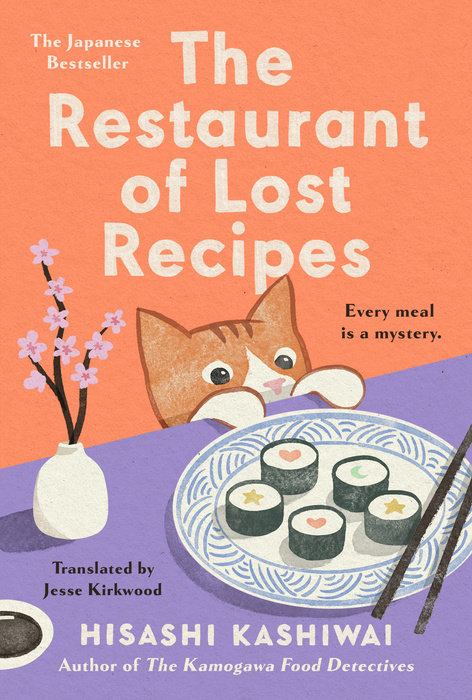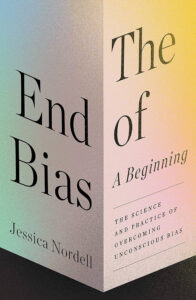
Author: Hisashi Kashiwai | Translator: Jesse Kirkwood
Genre: Literary Fiction / Comfort Fiction / Food Memoir
Ideal For: Anyone who treasures food stories, sentimental mysteries, and novels that make you ache—and then smile
Why I Picked It Up
I discovered this book after falling in love with The Kamogawa Food Detectives. When I learned this was the tender sequel, I was hooked. It sounded like the same cozy culinary mystery with emotional depth, the kind of book that feels like a warm embrace after a long day.
Plot Summary (Spoiler‑Free)
Nagare Kamogawa and his daughter Koishi serve dishes tied to treasured memories that have been lost. From clients seeking a Christmas cake tied to grief, to someone chasing a childhood rice bowl, each guest brings stories tied to flavours. Nagare becomes detective-chef, piecing together clues—old receipts, scraps of memory, regional ingredients—to lovingly reconstruct meals that heal. Each chapter reveals how recreating a meal can help someone process loss, nostalgia, or regret.
What Makes It So Moving
Food as Emotional Compass
Here, food isn’t just sustenance—it’s history, identity, and therapy. One couple chasing their late son’s favorite Christmas cake confronts grief and longing in every bite. Kashiwai turns simple dishes into portals into past lives, showing how flavour can heal where words cannot.
Tradition Meets Change
The novel quietly meditates on how Japan’s culinary landscape evolves—street stalls vanish, regional ingredients fade, conveniences overtake rituals. Through each food detective case, Kashiwai reflects on cultural memory and how we cling to food as identity.
Nagare and Koishi’s Quiet Legacy
Nagare may be a detective of recipes, but his real skill is empathy. He hunts obscure ingredients across Kyoto, not just to satisfy taste, but to honour stories. Koishi, tethered to memories of her mother via the family altar, grows alongside him, deepening their emotional bond and giving their culinary mission a spiritual core.
Narrative That Feels Like a Comfort Meal
This is the kind of book you read with tea in hand. Short chapters, nostalgic tone, simple daily rituals—they’re reminiscent of Before the Coffee Gets Cold, yet grounded in realism. The prose strikes a delicate balance between warmth and the inevitable ache of memory.
Food Writing That Awakens the Senses
One thing I really love is that the food descriptions are vivid enough that you can smell the broth and feel the steam rising. The way dishes are tied to inner emotional life is amazing, even if you never taste them yourself.
Little Quibbles Along the Way
- Gentle Pacing, Consistent Structure: Some readers flagged the pattern—client arrives, tells story, food is recreated, emotional resolution feels repetitive—in later chapters. But for me, that was the comfort structure, not a flaw.
- Minor Character Depth: While clients’ stories are poignant, a few feel underdeveloped. Particularly the secondary characters in later chapters don’t always carry the same emotional punch as the first half of the book.
- Translation Tone Very British: Jesse Kirkwood’s translation is smooth and readable, but some reviewers felt the language occasionally leaned too much toward British expression. What that means is less Japanese realism, more western palatability.
You’ll Love This Book If You Enjoy…
- Before the Coffee Gets Cold by Toshikazu Kawaguchi—gentle magical realism rooted in memory
- The Kamogawa Food Detectives—same series, deeper emotional flavour
- Chocolat by Joanne Harris—for food as transformative ritual
- Sweet Bean Paste by Durian Sukegawa—for healing stories tied to cuisine
Personal Highlights
- The Christmas cake chapter: A grieving couple digging into bittersweet memory through frosting and sponge is one of the most poignantly emotional moments in the book.
- Nagare’s detective methods: From finding larval yuzu in Kyoto backstreets to hunting childhood rice grain shapes, his culinary sleuthing is obsessive in the best way.
- Koishi’s connection to the family altar: The recurring tribute to her mother turns meals into generational heritage and underscores the weight of loss and love.
- The diner cat cameo: A gentle note of levity and presence, the cat (Drowsy) is a quiet emotional anchor across chapters.
Final Thoughts: A Warm Read for the Soul
The Restaurant of Lost Recipes is exactly what it sounds like: a novel that feeds both stomach and spirit. It doesn’t rush, and that’s the point—it’s slow food fiction, savourable and slow-burning. While some may find it gentle to a fault, I found its sincerity rare and its emotional arcs quietly profound.
This book is perfect for evenings when you want comfort without saccharine, for readers who believe food can carry history and emotion. It earns five stars for its compassionate imagination, its sensory prose, and its unwavering faith that healing often begins with remembering—and cooking. Even if it follows a pattern, the comfort it offers is deeply real.


